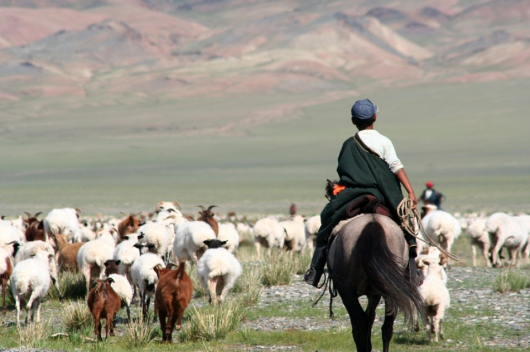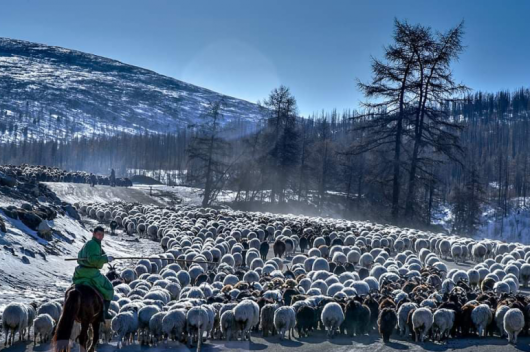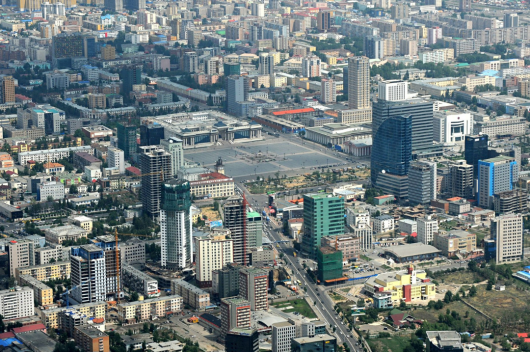Mongolia’s livestock industry, once the primary engine of the country’s economy, is facing threats from climate change and overgrazing, according to a report from the International Monetary Fund (IMF). The national and regional costs to economic growth and inequality will continue to grow without prompt policy action, it added.
Mongolia’s livestock industry accounts for nearly 90% of agricultural production and employs 25% of Mongolians, providing more jobs than any other sector. Major challenges are rising in the sector as hotter and drier summers along with massive overgrazing have resulted in sharply accelerating land degradation. The damaged land, in turn, harms the food supply for the livestock and leaves animals poorly prepared to survive increasingly frequent extreme bouts of cold weather.
Since 1990, the number of animals has tripled to 70 million, vastly exceeding the carrying capacity of the land. IMF analysis finds that the percentage of livestock deaths following cold spells is greatest in the provinces that had the largest increase in their livestock population. In total, these losses of wealth can reach 12 percent of GDP during extreme winters.
The Mongolian government has attempted to stem the land degradation with official livestock targets in the National Livestock Programme by setting limits on the number of livestock, which reflect the carrying capacity of the grasslands. The measures, however, have gone mostly unheeded and actual livestock numbers are twice the required levels.
 3,575.44
3,575.44












Related News